One area of dentistry that has been transformed by digital technology in recent years is implant dentistry.
Already a high-tech and cutting edge area of dental practice, dental implants are perfectly suited to a digital approach in all three stages; implant planning, implant placement and implant restoration. Let me explain!
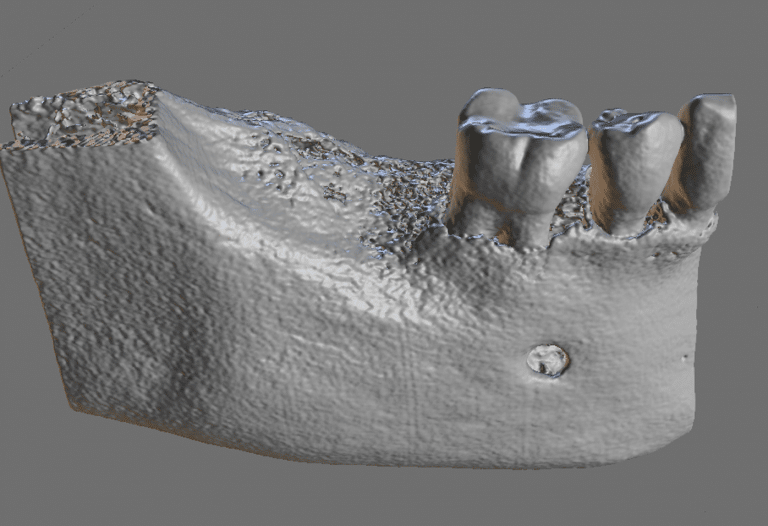
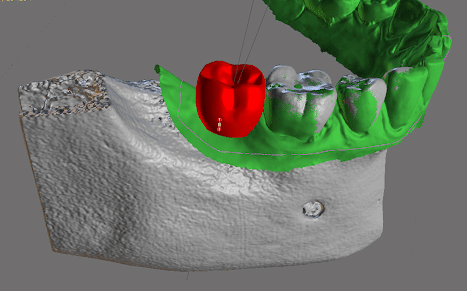
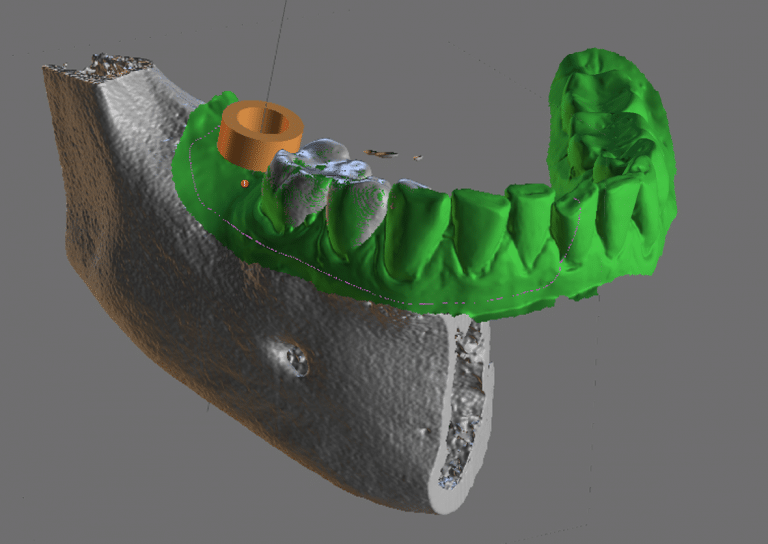
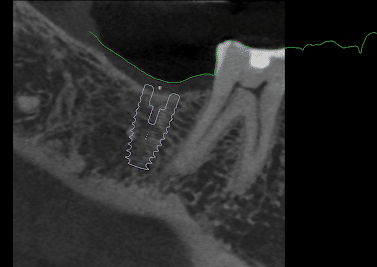
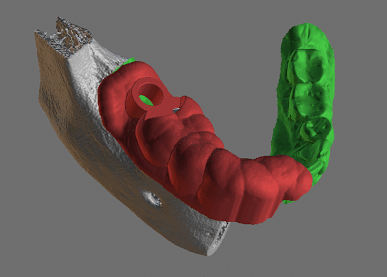
Planning for an implant starts with a scan called a CBCT. This is a mini CT Scan at lower x-ray dose levels, designed especially for the mouth. This imaging tells us all we need to know about the dimensions of the bone we will be inserting the implant into, as well as adjacent structures that we need to avoid, such as natural teeth and nerves.
As you can see from the above image, the CBCT scan allows us to plan where we will place the implant, making sure it will fit within the bone available and ensuring the implant will be in a great position to restore with a crown in the following steps of the treatment.
CBCTs give us an incredible level of detail and data that we can’t get with a plain dental x-ray or an OPG. It allows us to see not only the shape and dimensions of the bone but the internal structure, density and any pathology that might be in the area.
We want our implant surgeries to go as smoothly as possible, and detailed planning from CBCTs is the gold standard way to achieve this.

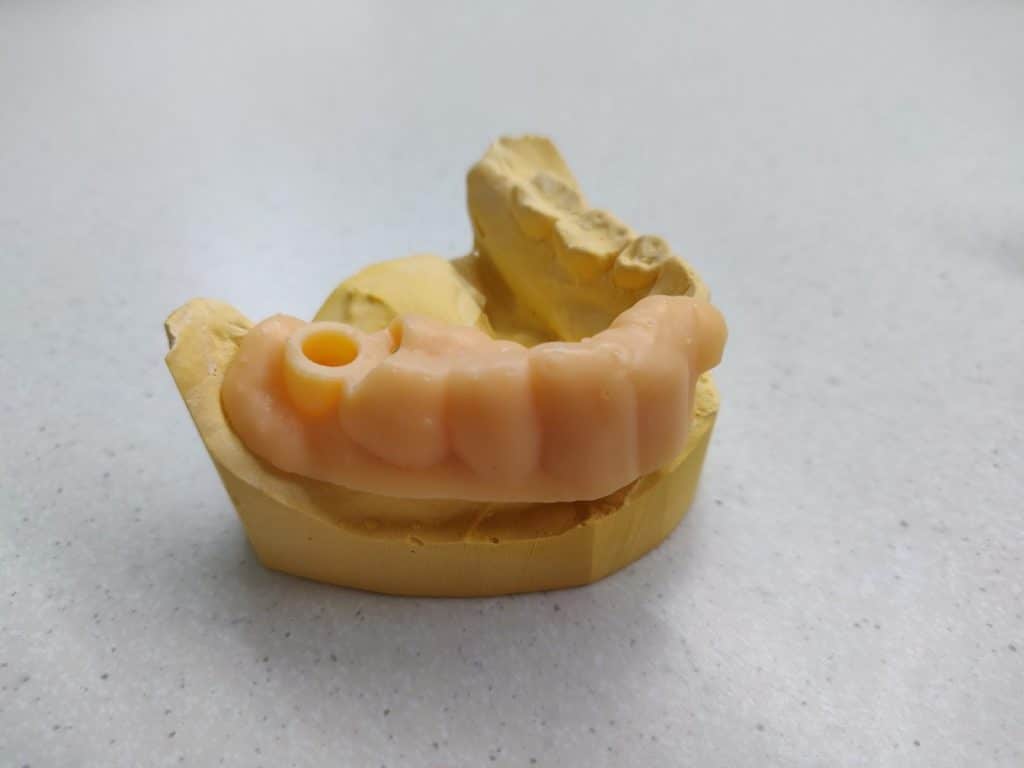
To complete the implant surgery with precision, we often opt to have a 3D printed surgical guide made to guide us during the implant process. This ensures that we are placing the implant into bone exactly as planned (down to fractions of a millimetre!)
The guides give us an a way to translate what we have planned in the digital world into our surgery and ensure we correctly position our implant as a foundation for the crown which will sit on top.
3D printing is ideal for this situation as it allows us to design accurately in the digital world and to have that accurately replicated in the physical realm. Additionally, recent advances in 3D printers have given us the high level of detail and accuracy that is required. There has also been development of safe, biocompatible 3D printing resins which are approved for use in dental treatments.
It takes us approximately 3 hours to print a guide such as the one pictured above. Toorak Dental Group have recently invested in a 3D printing setup for the surgery so we can do the printing in house, enabling us to oversee all aspects of your implant treatment.
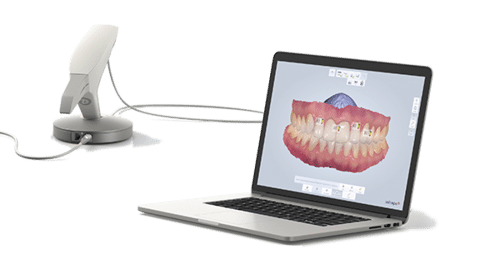
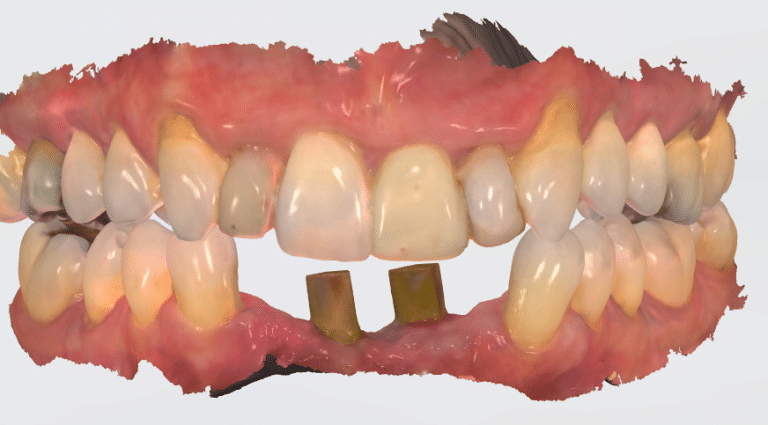
The final step of the implant process is to fabricate the custom tooth (crown) to sit atop the implant that has healed within the bone. To do this we need to take an impression of where the implant is in relation to the teeth. Traditionally this has been done with an analogue impression material, however we can now use 3D scanning technology to accurately take an impression of your teeth without anymore gooey impression material in your mouth!
As you can see, digital dentistry is helping us to achieve a new level of precision at every step of the implant process! This translates to a more streamlined pathway for patients undergoing this treatment option.
